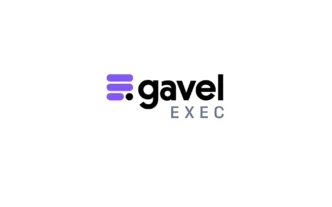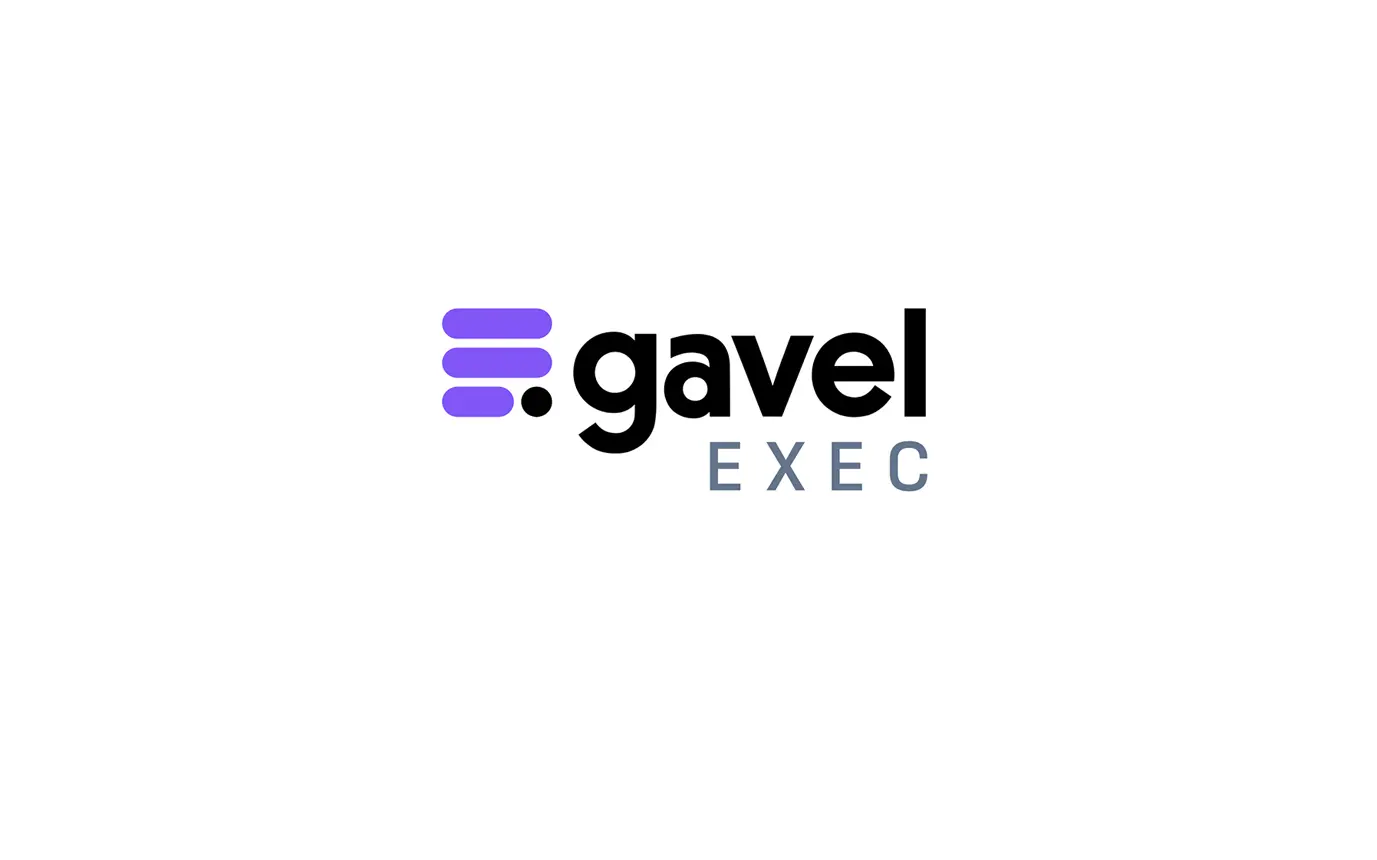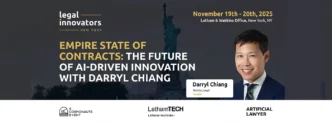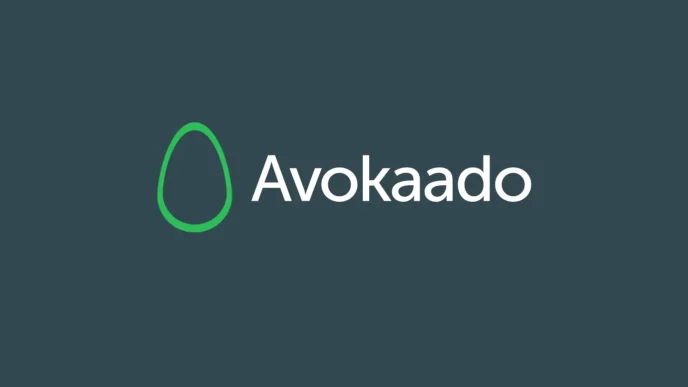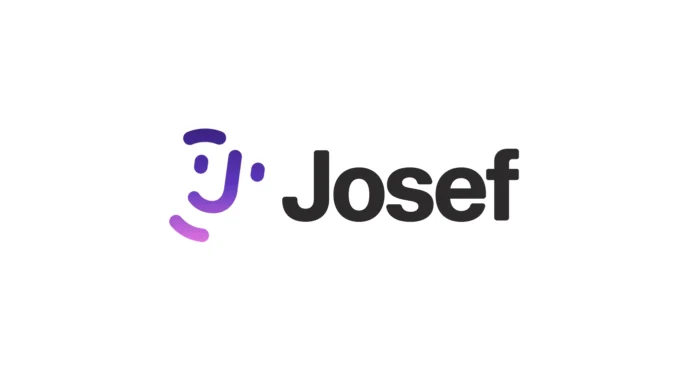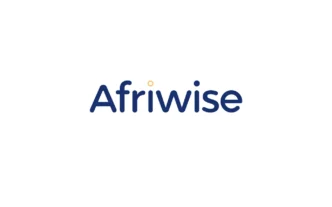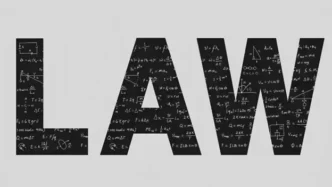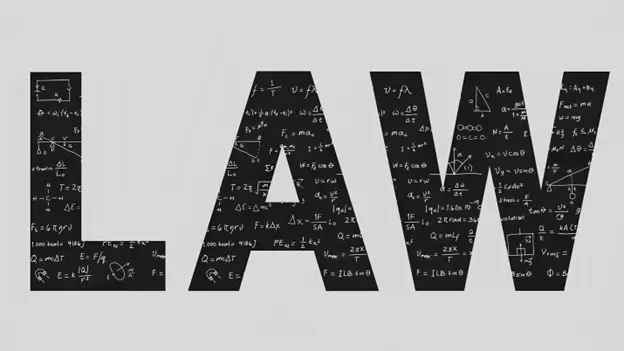In legal technology, efficiency tends to steal the spotlight. But for most lawyers, particularly those juggling high-volume workflows, the real question isn’t “can this tool save me time?”. The real question is “can it preserve the way I work while making it smarter, faster, and more scalable?”
That’s the key proposition behind Gavel.
Originally known for its powerful document automation engine, Gavel has steadily grown into a comprehensive platform designed to support legal professionals in their everyday work, by translating them into digital systems that lawyers actually control. That way, Gavel doesn’t remove lawyers from the loop, and rather gives them command over their tools.
Gavel Workflows, Gavel’s first product which has been adopted by thousands of law firms, allows firms to automate even the most complex Word and PDF documents using conditional logic, equations, and reusable variables. Its document automation capabilities have been particularly popular among solo practitioners, boutique firms, and legal aid organizations, who use Gavel to configure workflows, send client intake forms, and generate perfectly formatted, error-free documents in minutes. There’s no need to rebuild how you write or format your documents, as Gavel simply adapts to it. And what’s better than an AI tool that does everything you need it to do, while sounding like you?
What’s more, it’s gone even further with its latest development.
Introducing Gavel Exec
Earlier this year, Gavel launched Gavel Exec, a new AI-powered assistant focused on redlining, negotiation, and playbook-driven drafting. This addition marks a meaningful evolution in Gavel’s journey: from automating documents, to automating decisions.
It’s designed for transactional attorneys, and learns from firm precedents, rewrites clauses with internal rules in mind, allows for playbook-based AI contract review, and offers smart summaries or commentaries, directly within Microsoft Word. It feels like the kind of assistant attorneys imagined a decade ago, but never quite saw materialize.
That naturally raised a question for us:
Gavel has built a platform that automates both documents and workflows, but now with Gavel Exec, they’ve moved into redlining and negotiation. We wanted to find out how Exec fits into the larger vision for Gavel and what pain points they sought to address with their new launch. This week, we interviewed Gavel CEO, Dorna Moini, to find out just that.
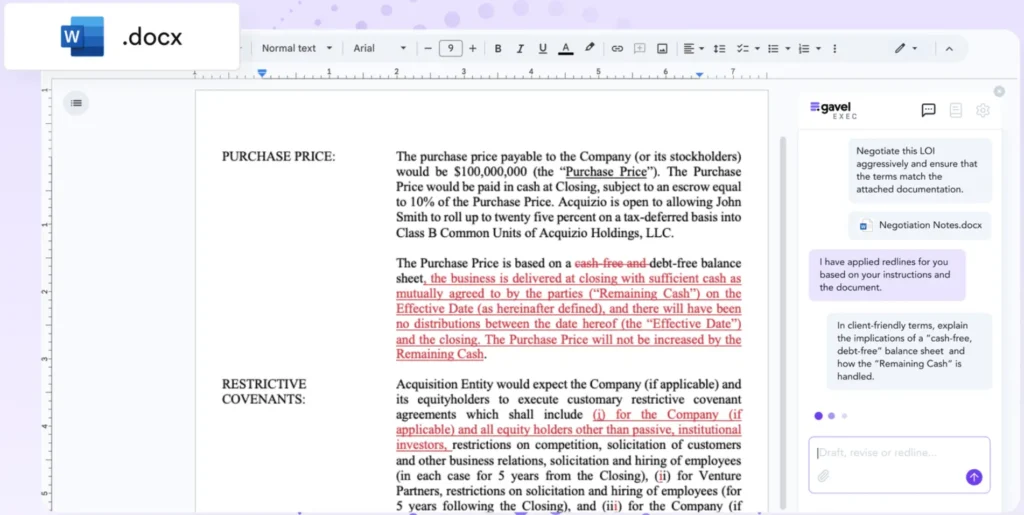
Lawyer-Controlled, Not Prompt-Driven
There’s been no shortage of AI enthusiasm in the legal tech sector, particularly around general-purpose language models. But Gavel’s approach remains grounded: the platform centers on structured workflows, automation logic, and templates that users have full control over. You don’t prompt Gavel in the abstract; you design how it thinks and operates.
That raises another point of interest:
TLW: Many legal tech platforms are pursuing general-purpose AI tools. Gavel appears to be doubling down on lawyer-controlled, rules-based automation. How do you think about the trade-off between AI flexibility and legal accuracy?
Dorna Moini: With the launch of Gavel Exec alongside our Gavel Workflows product, we are now a full automation suite that uses rules-based logic alongside generative AI where each excels. Gavel Workflows is best for template-based documents and first drafts where you know exactly what the document should look like given a specific set of client or matter details. Gavel Exec, on the other hand, is an extension into what happens after draft #1 or when you get third party paper you’re negotiating.
This is where it’s very important for lawyers to ask themselves what type of automation is best for their use case. We’ve definitely seen an overapplication of AI to document types where rules-based logic could get you better results with less lawyer time and review. But where you are drafting new clauses for unique scenarios (or obviously, when doing contract analysis, negotiation, or redlining), that’s where Gavel Exec excels.
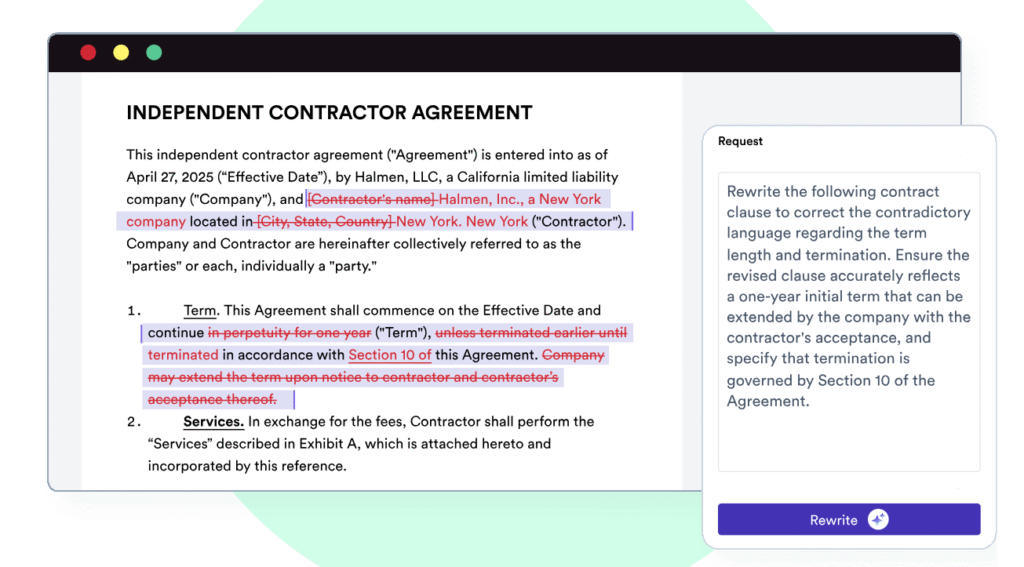
Gavel’s structured approach is especially useful when it comes to onboarding. Firms of all sizes (whether tech-savvy or just beginning the automation journey) can get started with minimal configuration. Between pre-built workflows, ready-to-use court forms, and “no setup” options through Gavel Pro, even small firms can scale their services efficiently.
TLW: You’ve positioned Gavel as a “no-setup” automation platform, with tools like pre-built forms, integrations with Clio and Docusign, and AI-assisted blueprinting. What has your team learned about onboarding law firms at different stages of digital maturity?
Dorna Moini: Law firms, even those with otherwise similar profiles, vary a lot in digital maturity. Some have systems in place already, while others are just starting to systematize client data and automate beyond simple document management. Our approach has been to meet them where they are and eliminate the typical setup burden.
That’s why we’ve leaned into a “no-setup” experience both with Gavel Workflows and Gavel Exec. With Workflows, Pre-Built Workflows and our robust integrations with Clio and Docusign, along with AI-assisted onboarding, all help firms get to value quickly.
For Gavel Exec, our AI Word Add-In, we have out-of-the-box AI playbooks for various corporate and real estate transactional documents. We also have a very low-lift way for firms to build out their own custom AI models using their own database of documents. This is where we’re really moving the needle for our customers, because even the smaller firms are now able to build custom AI in the way that you previously needed a large IT team at a large firm to handle for you. The technology is moving at a dramatically rapid pace, and we’re excited to be able to provide it to all types of lawyers.
Designing for Trust
What becomes clear across Gavel’s feature set is that trust, not disruption, is the guiding principle. The system doesn’t ask lawyers to work differently. It helps them work better with the habits and tools they already use. And we all know (myself included) that lawyers are creatures of habit.
Gavel Exec, in particular, enters sensitive territory. Redlining and contract revision sit at the heart of deal-making and legal risk. Any AI that proposes to assist here needs to be precise, configurable, and highly contextualized.
TLW: Transactional attorneys are highly detail-oriented and often resistant to change. What does it take to earn their trust when introducing a tool like Exec that intervenes in critical workflows like redlining and drafting?
Dorna Moini:Earning trust with transactional attorneys starts with making sure we have a product that is domain-specific and actually makes the work easier. We have heard so many lawyers tell us that using generic AI took them as long if not longer to review the work. We vetted our product with real deal attorneys at the best firms (who we paid to help give feedback). Any AI tool, especially one that touches redlines and drafting, has to match the level of rigor that the lawyer operates at.
At the end of the day, trust comes from showing that the tool will reduce risk, not introduce it, and that it acts like an associate who’s fast, consistent, and never improvises outside the lines. That’s also why we provide an easy-to-access free trial: We know customers love it once they can see the results for themselves.
One interesting area where Gavel seems to be shifting the conversation is in the realm of legal productization. With Gavel, firms can build self-service tools or offer customized legal packages through branded client portals. Secure payment, matter-based organization, and commerce-ready forms are all part of the offering.
The aim is not simply to turn legal services into software, but to make them more accessible, repeatable, and aligned with how modern clients expect to interact with professionals.
TLW: The concept of “productizing” legal services is gaining traction, but many firms are still hesitant. How has Gavel helped lawyers rethink service delivery while preserving their brand and expertise?
Dorna Moini:Many lawyers are worried about losing the personal touch that defines their brand. But productization gives lawyers a way to scale their services without scaling their hours, and that’s becoming essential as clients push for flat fees and cost transparency. Importantly, this can be done while preserving the core brand of the firm, especially where we’re seeing a lot of hybrid tech + services legal products. Many consumers are already seeking a more digitally convenient legal service, so if the lawyer injects their personal touch at the right place, it can be win-win. Productization isn’t about removing the lawyer. It’s about making their expertise go further.
The Next Frontier: Firm-Trained Legal AI
One of the more intriguing aspects of Gavel Exec is its ability to learn from your prior documents and negotiation rules. This suggests a movement toward firm-trained AI, one that reflects your internal knowledge, rather than a generic model trained on everything and everyone.
That leads us to consider:
TLW: With Gavel Exec capable of learning from prior documents and applying firm-specific rules, do you see this as a bridge to more specialised legal intelligence within firms?
Dorna Moini: We’ve definitely seen Gavel Exec be absolutely a bridge to more specialized legal intelligence within firms. Every firm has its own playbooks, preferences, and risk tolerance, and Exec is designed to reflect that. It doesn’t use a generic model that’s trained on everyone’s data (we never train on customer data). Instead, each firm can either rely on the work we’ve done to give them benchmarks and quality data from lawyers like them. Or, they can create their own AI layer by creating their own playbooks or uploading their own documents and data.
Gavel Exec gives lawyers all the benefits of customization without compromising confidentiality. For many firms, it’s the first time they’ve been able to build tailored AI without needing internal technical resources or an IT team.

There’s a lot of noise in the legal AI market right now. But what makes Gavel noteworthy is the specificity of what it delivers. Structured automation. Seamless integrations. Human-centered design. And now, with Exec, a renewed focus on transactional work that demands both speed and nuance.
TLW: What’s something you’ve discovered while developing Gavel Exec that surprised you about how transactional lawyers actually work with contracts?
Dorna Moini:One thing that surprised us was how much variation there is in how transactional lawyers approach the same type of contract, even within the same practice area. Everyone has their own style, fallback positions, and internal playbooks, which aren’t always written down but are consistently applied.
It reinforced the importance of building flexibility into Gavel Exec. No matter how much work we have done to have the perfect set of source data and rules for the AI to redline and analyze on, we couldn’t assume there was one “correct” way to redline or negotiate. Instead, we also had to make it easy for each firm to define their own rules and preferences, and have Exec follow them consistently. That level of customization turned out to be critical, not just for accuracy, but for trust.
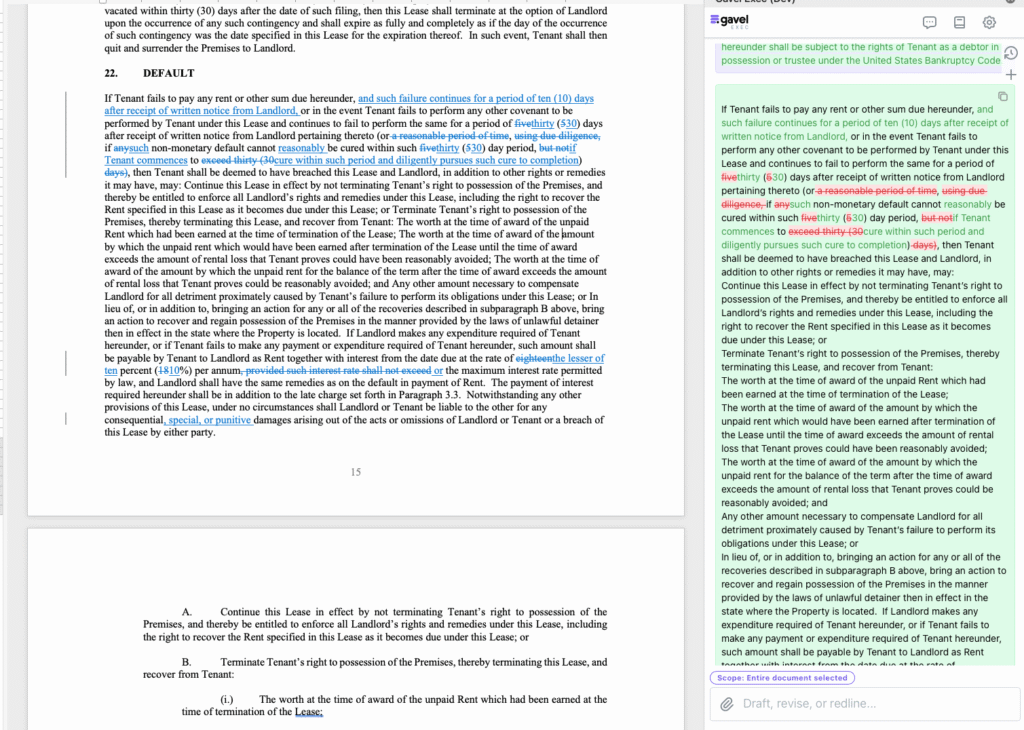
TLW: There’s a growing conversation around “AI fatigue” in legal tech. How do you position Gavel as a solution that’s not just technically advanced, but actually improves the lawyer’s day-to-day experience in tangible ways?
Dorna Moini: AI fatigue is real. Lawyers have tried tools that promise a lot but end up creating more review work or don’t fit their workflow. We’ve been intentional about avoiding that with Gavel.
Both Gavel Workflows and Gavel Exec are designed to deliver clear, immediate value. With Workflows, it’s about automating the parts of the job lawyers already know they repeat (complex but rules-based document sets, intake, and client portal). With Gavel Exec, it’s about making contract analysis truly better. There are other players in AI contract review tools, but we’ve done side-by-side comparisons for our customers and they get better results – results they actually want to accept and let the AI run with. That’s what matters most.
And equally important is that we’re moving fast. We are farther ahead than companies who have been building AI since before ChatGPT was popularized, and we are constantly benchmarking our software to keep us at the front of the legal AI competition.
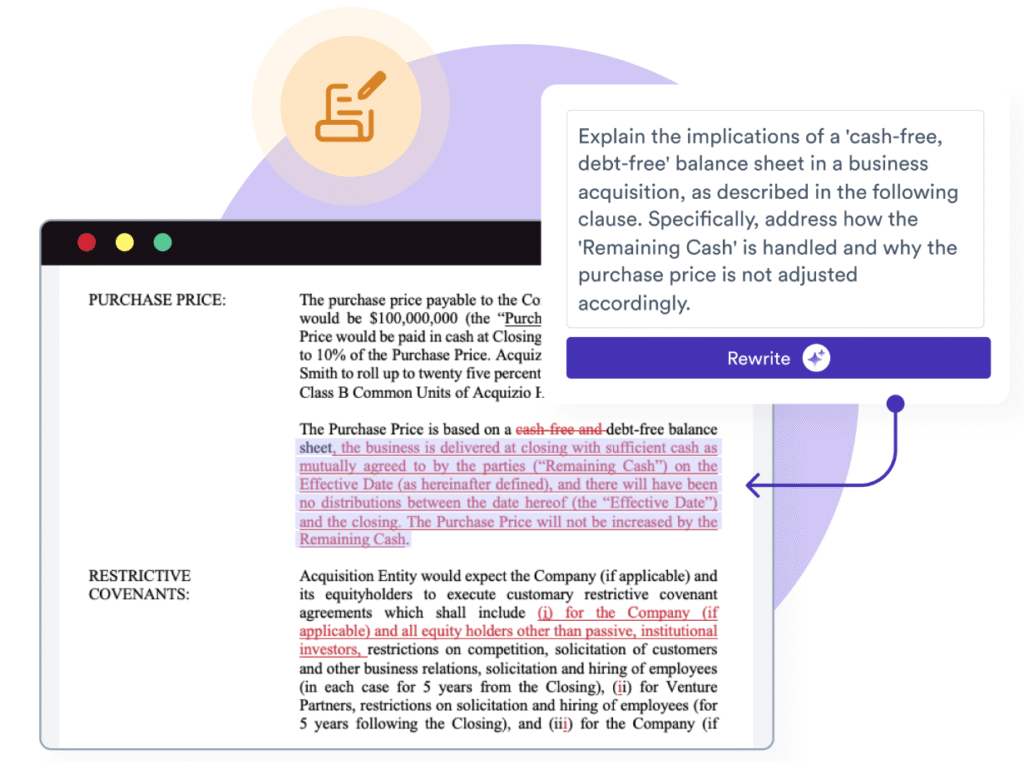
Closing Off
Gavel’s latest moves suggest a platform that’s evolving with real legal work and not just responding to trends. The focus remains clear: build tools that legal professionals can trust, configure, and rely on.
For those of us at The Legal Wire, following the trajectory of AI in law, Gavel represents something refreshingly grounded. Not flashy, but functional. Not theoretical, but operational.
And sometimes, that’s exactly what the profession needs.



